Growing up, I wished I could talk to my older self. I would spend hours daydreaming of how I’d act, look and feel. It was like having an imaginary friend who helped me get by through my preteen years. It’s a strange thing to explain, but being an overimagative kid who learned to rely solely on herself, I had multiple questions and worries I believed my future older self would have fixed. Although I’ve forgotten most of them, there’s one that stuck with me.
“Am I pretty?”
It was a question innocent enough that I laugh thinking about it now. Yet at the time, it was a question that morphed into a vicious insecurity that plagued my early childhood for years. It crept in each attempt to view myself in a positive way.
Over the span of my late elementary years and half of middle school, I would have a definite answer to that question.
“No, I’m not pretty. I’m ugly.”
It was watching “The Princess Diaries” when the perception of beauty really hit me with a reality I wished I was never exposed to.
Anne Hathway acted as the quirky and awkward teen Mia Thermopolis, who learned she was royalty and worked to become a princess. A scene in the movie where she receives a makeover, where a stylist grabs her frizzy curls in disgust as he proclaims to “fix” them and breaks her glasses in half. When viewers see Mia again, we see her with sleek, pin-straight hair and eyes no longer hiding behind glasses.
Where she’s no longer ugly, but instead, a “princess.”
At the age of 11, the question that stuck at the back of my mind subconsciously bloomed into a monster of insecurity. I too had those frizzy curls and round glasses, and to see myself in the media as the “ugly girl” always saddened me. Curls were always on the “ugly girl turned pretty” trope, never once were seen as pretty by themselves.
My hair was my pride and happiness growing up, the one thing that allowed me to stand out and be remembered by others. It was something the people around me didn’t mock to my face, but instead gave compliments and praise. Any negative remarks about my appearance were canceled by the pride and happiness I had for my hair.
Until it wasn’t.
I spent the next couple of years with my hair in a side braid or bun, giant hoodies and sweatshirts to hide my body and layers of foundation to hide every mark and pimple on my face. As long as I hid my flaws, I thought I could get through the day. Each year I had the plans to change everything about me, but I never followed through with them. Even as I avoided mirrors to avoid seeing myself, the idea of looking in the mirror and seeing the beauty I wanted all along was terrifying.
The girls I looked up to were beautiful, flawlessly fitting the ideal beauty standards others would kill for. I had been told I had those traits, but they didn’t work well together on me. If I looked at myself in the mirror and finally looked how I wanted to, would I accept it? Would it still be me?
Would I be happy?
It was a small thought that sparked in my head. As I began to grow older and tired of the insecurity festering inside of me, I decided to do what I had avoided doing the past couple of years. Looking in the mirror, I stared at the face I worked so hard to change for so long.
I can’t exactly pinpoint what made me want to fight back against my insecurities or how it came to be, but maybe it was taking a look in the mirror that I started to really question the beauty standards I tried reaching and hoped to obtain.
There are a couple of things I remember from when I started to evaluate myself again from a different angle.
The music I listened to and creating art were two main factors that helped me start to appreciate myself more. Somewhere I had read that telling yourself compliments would lead to actually believing them and gaining some confidence. Taking that advice, I did so by writing the lyrics “I will make you believe you are lovely” from the song Lovely by Twenty One Pilots and drawing myself in my sketchbook.
It didn’t seem like much, but the actions held the power to shift the kaleidoscope in my hand to see something new.
In the end, I made an effort to instead embrace my “flaw,” taking longer looks in the mirror to really see my “ugliness.” Little by little, I learned to like my curls once more, putting in time and products to take care of them. Instead of wearing contacts, I began to have fun with the type of glasses I picked and experimented with my clothes. Having fun and being content with seeing what was in the mirror was refreshing after years of resenting what I saw.
The end of eighth grade and entering high school brought confusion about the standards of beauty I had in my head. Strangers gave me compliments when I began to embrace my features instead of hiding them. When hiding my features it still happened, but seeing them continue when I accentuated them was startling. All these years of hating what I saw in the mirror and it was all for nothing.
My warped perception of beauty made me change how I perceived myself. It made me think I wasn’t pretty, when in reality I was. Even if the insecurity comes back when my days aren’t the best, I can give a better answer to the question that lingered in my head all these years.
Am I pretty? Yes, I am. Even if I don’t feel it all the time, I am.

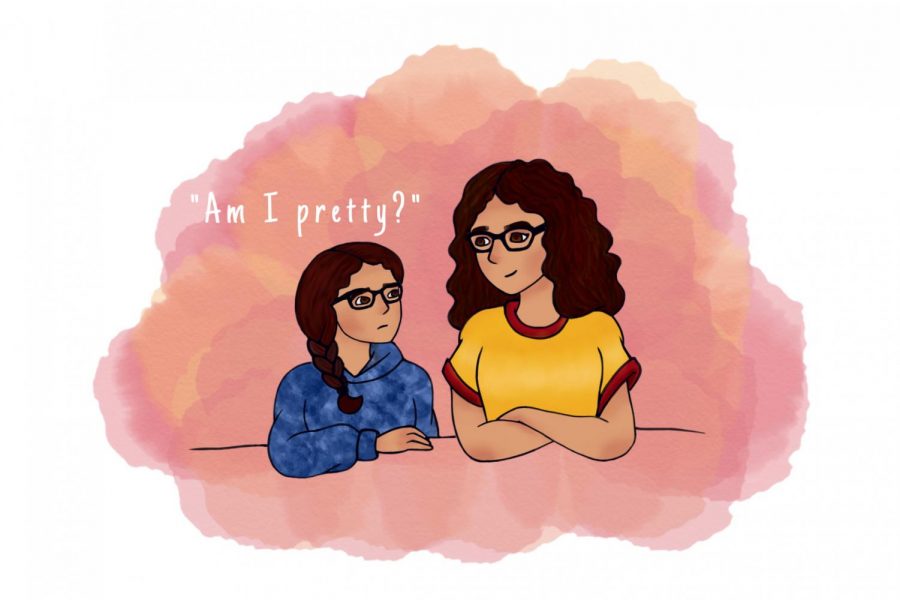

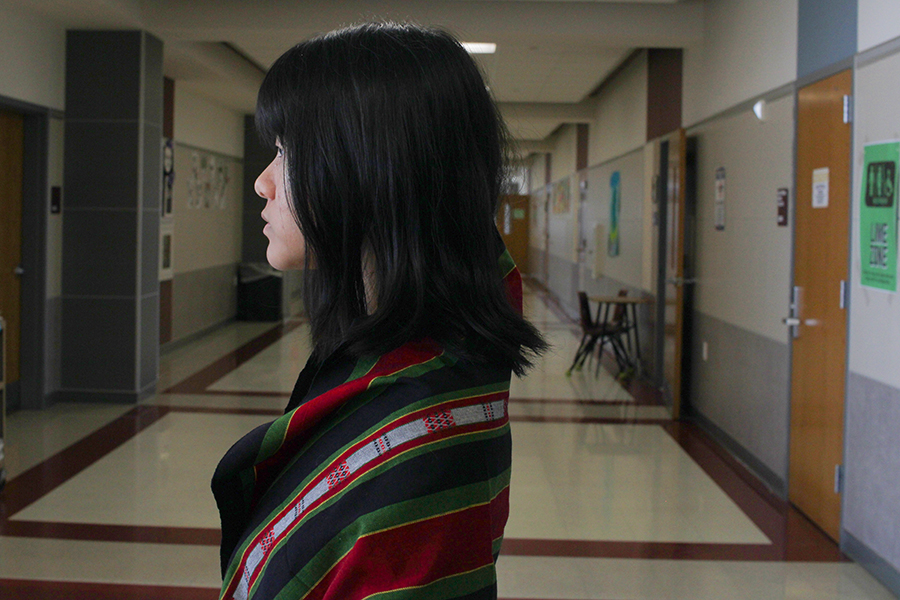
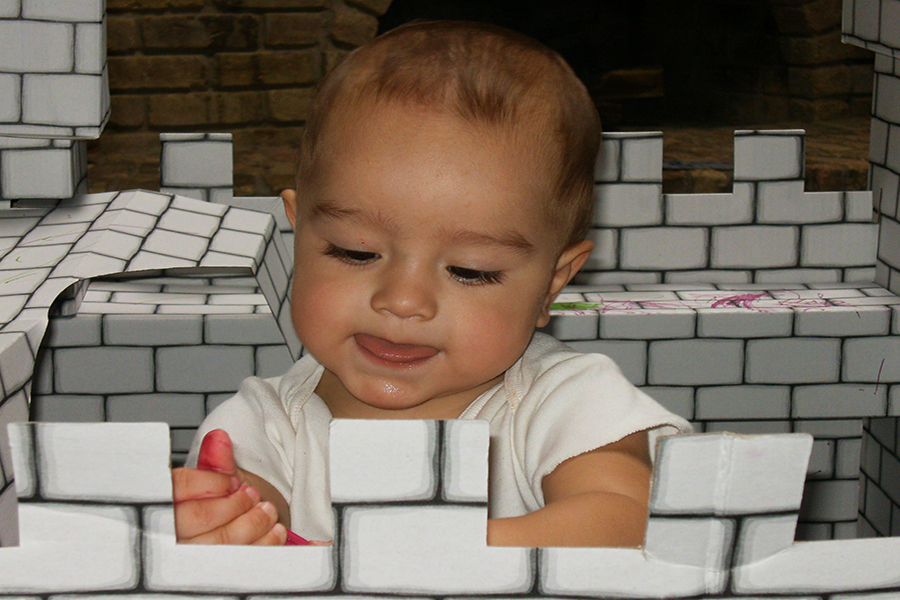
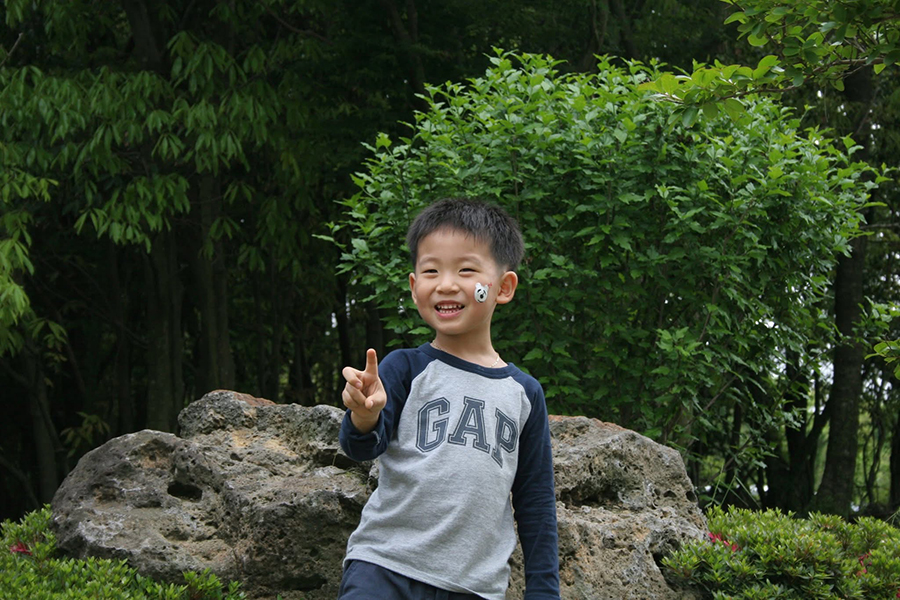

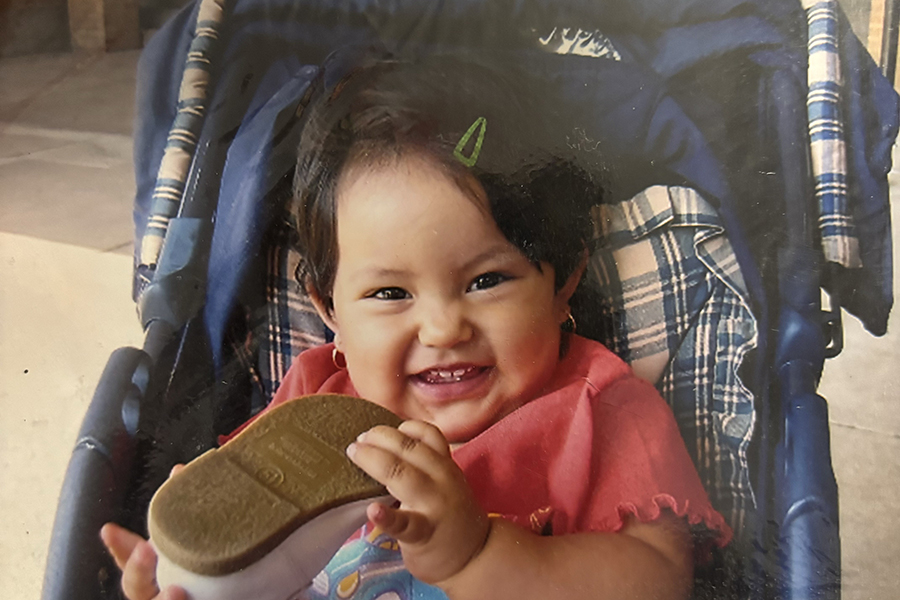
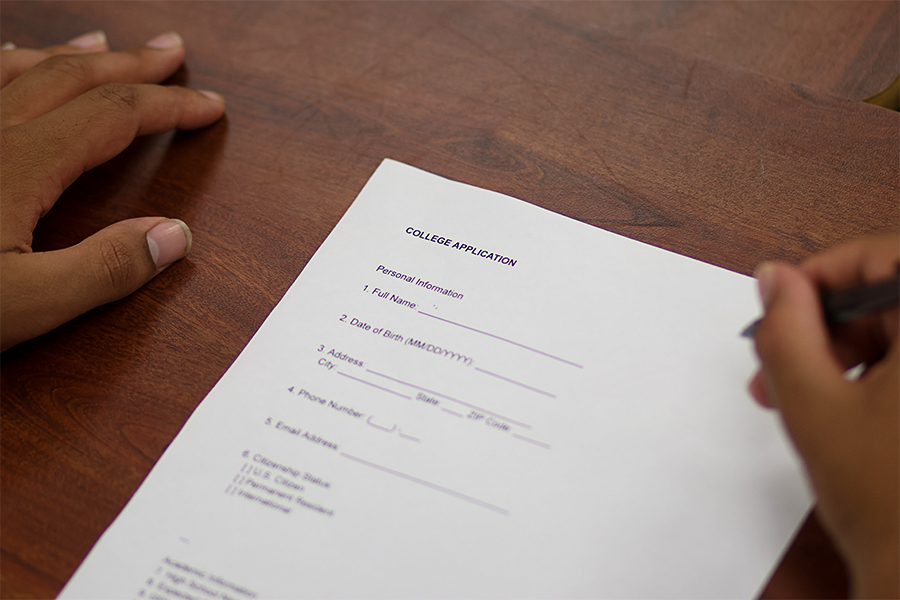
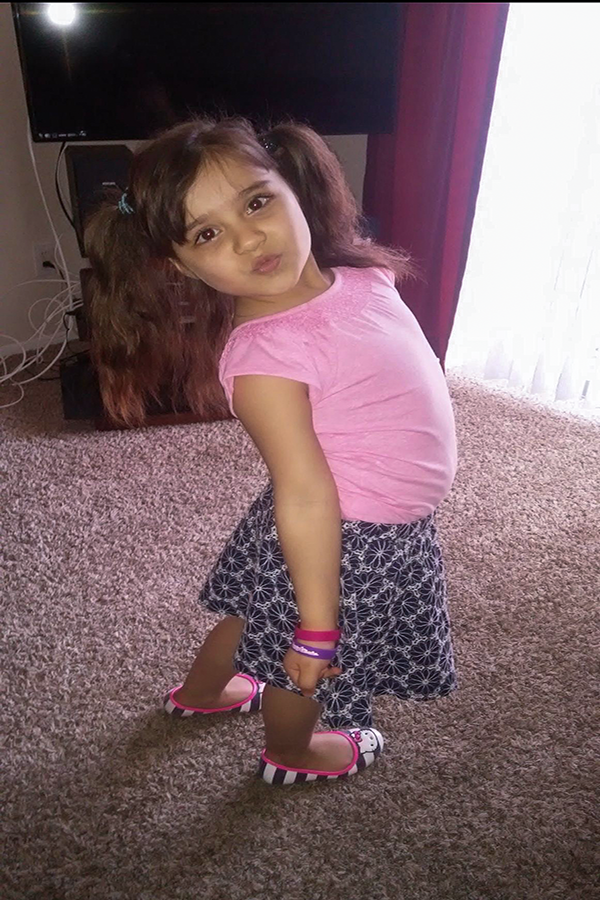
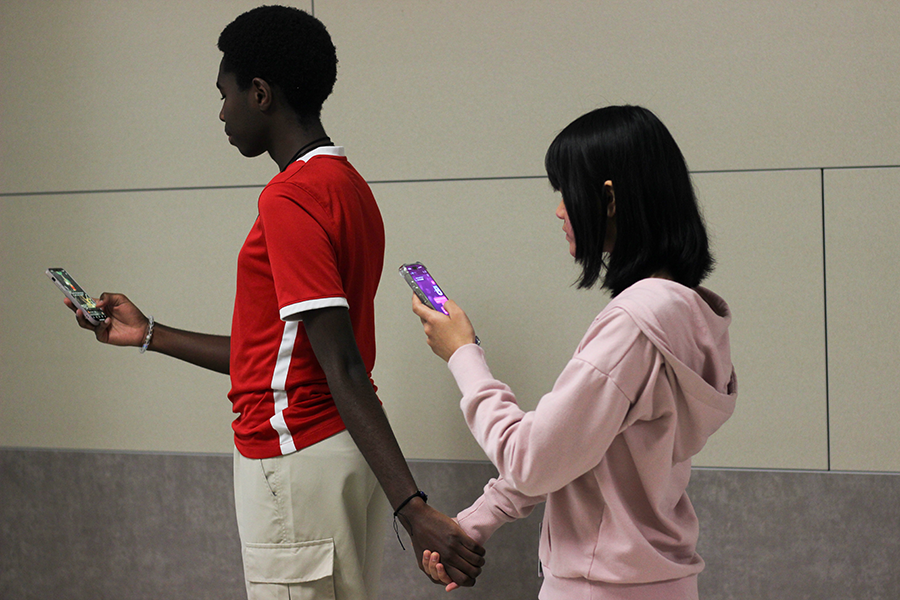
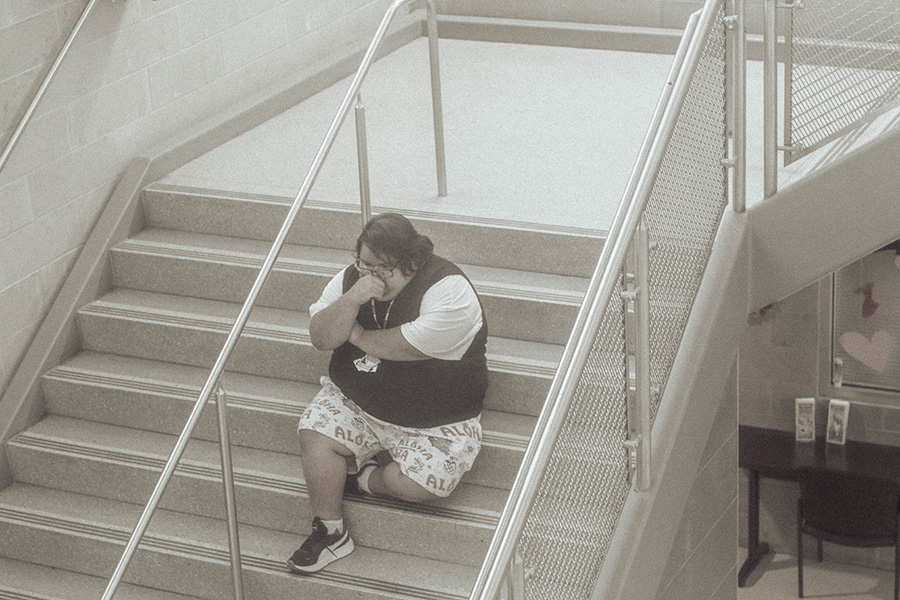
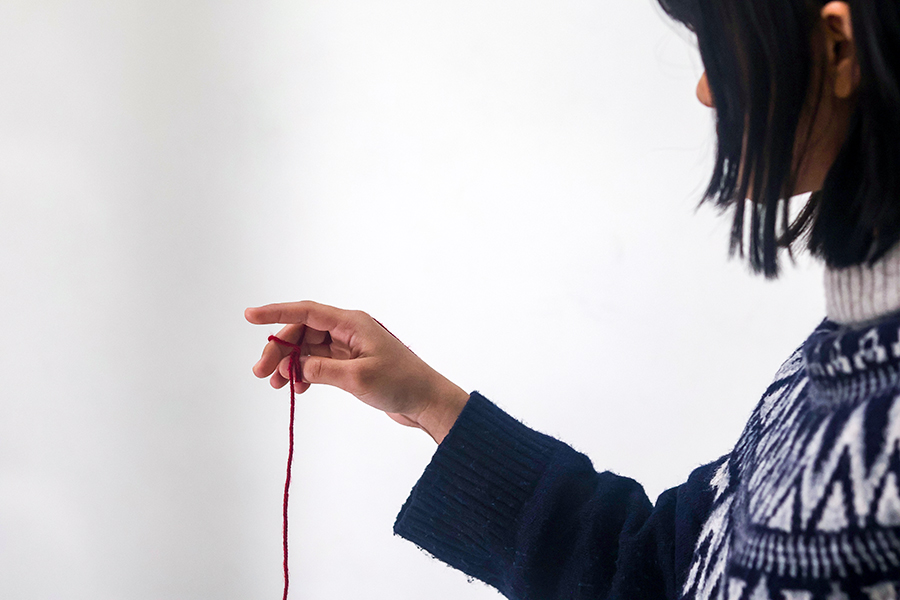
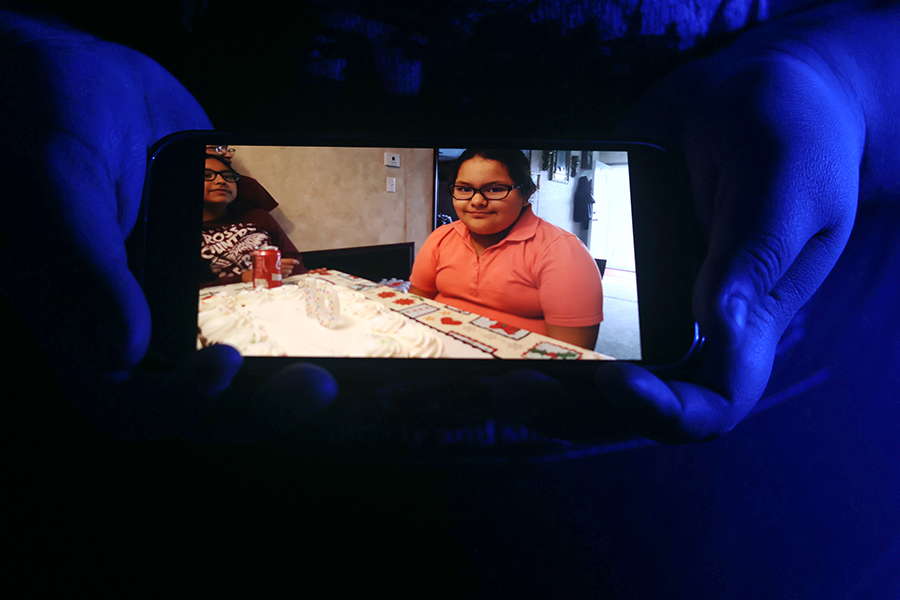
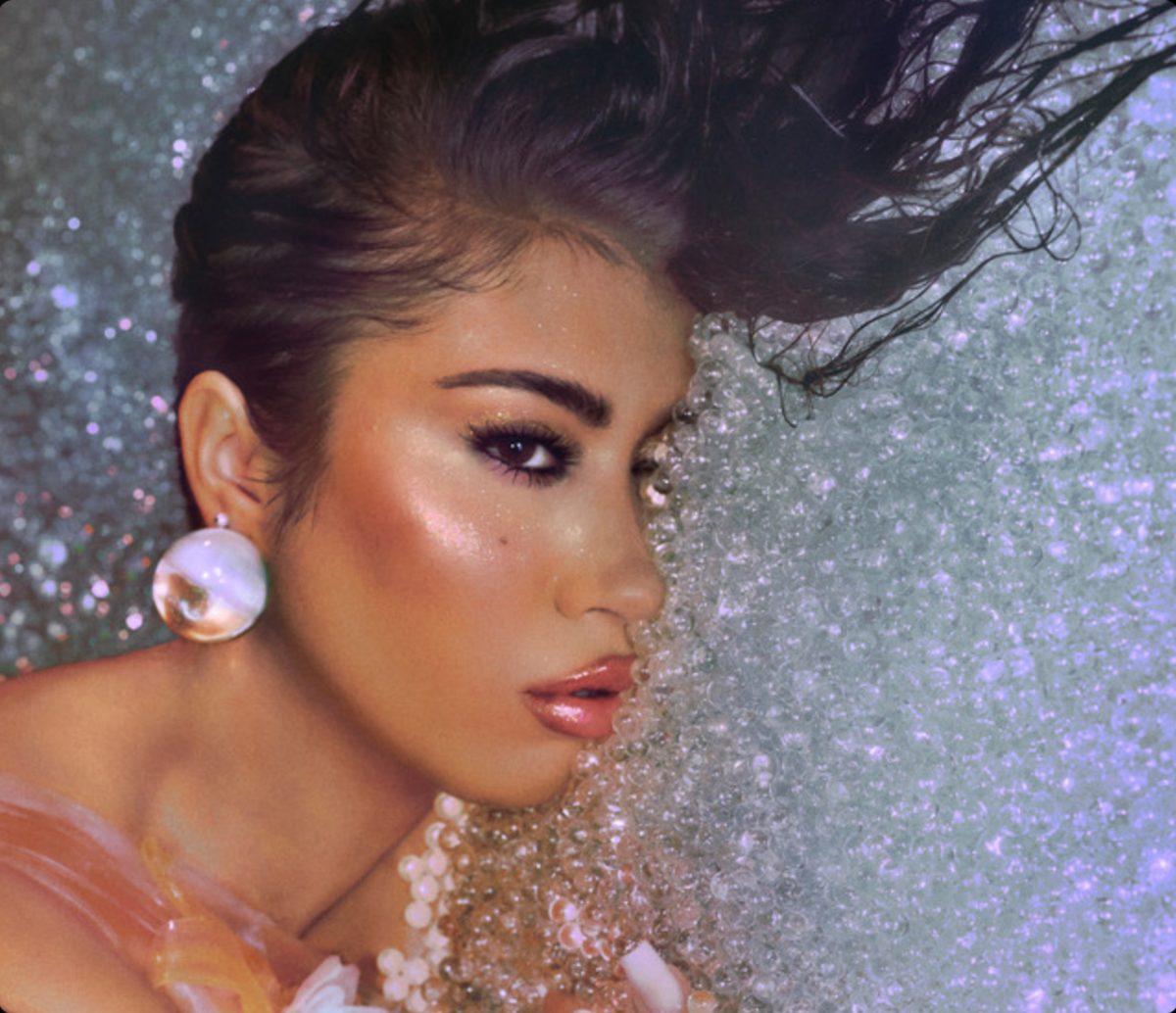

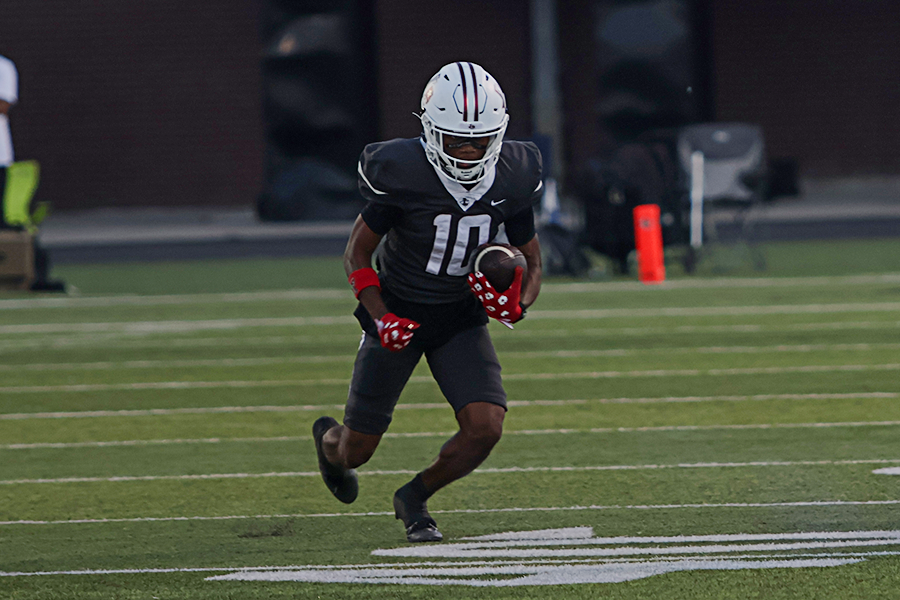
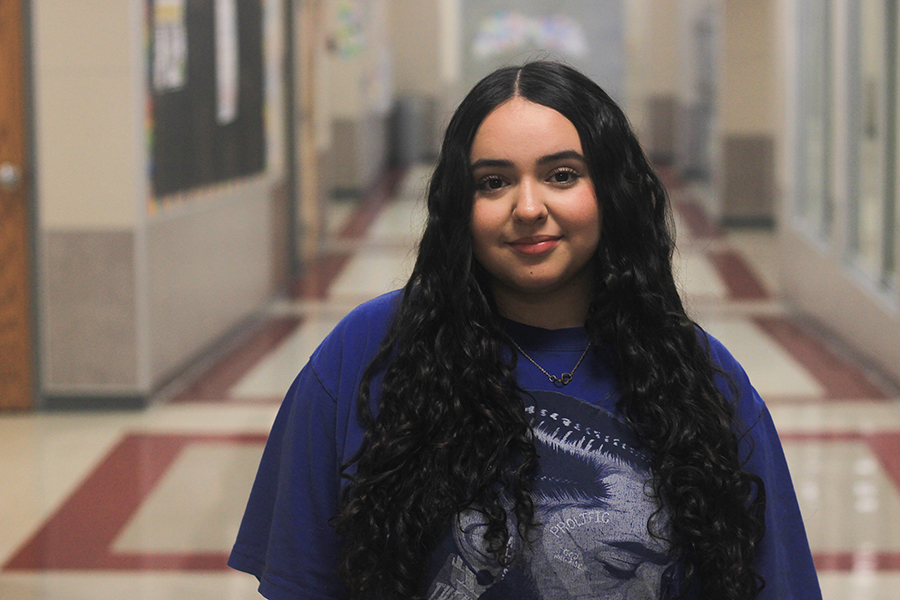

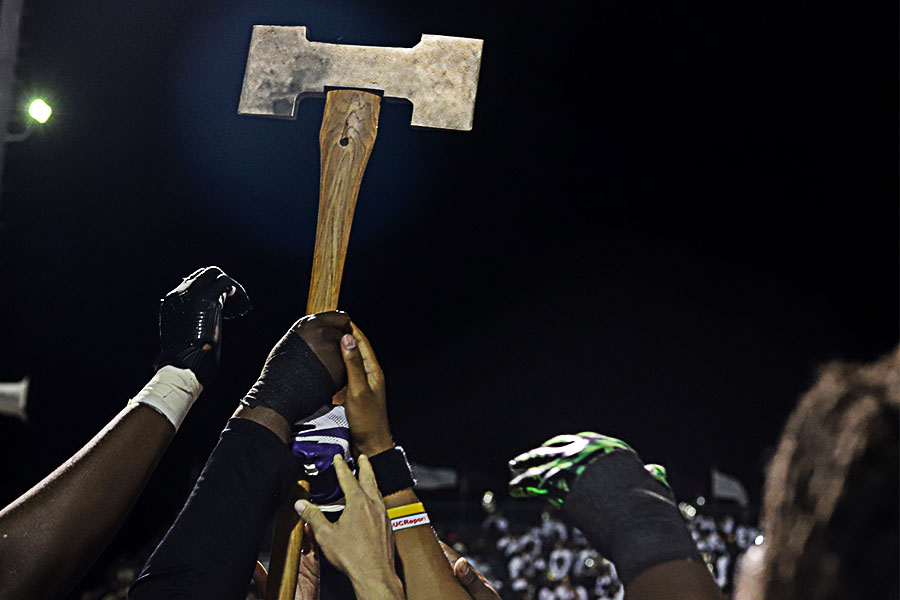
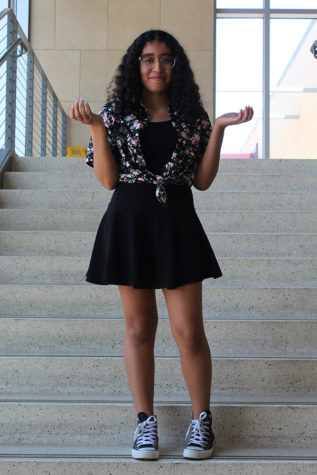
Beatriz Mortero • May 18, 2020 at 2:37 PM
Awww I love little girl ????